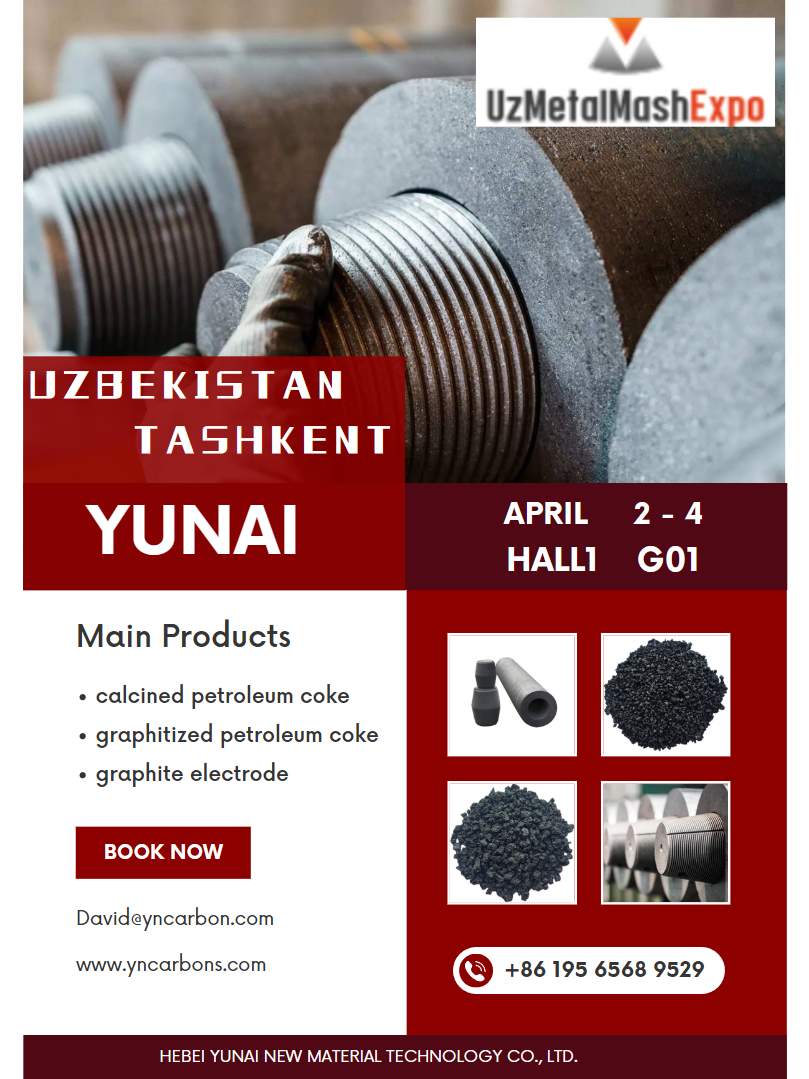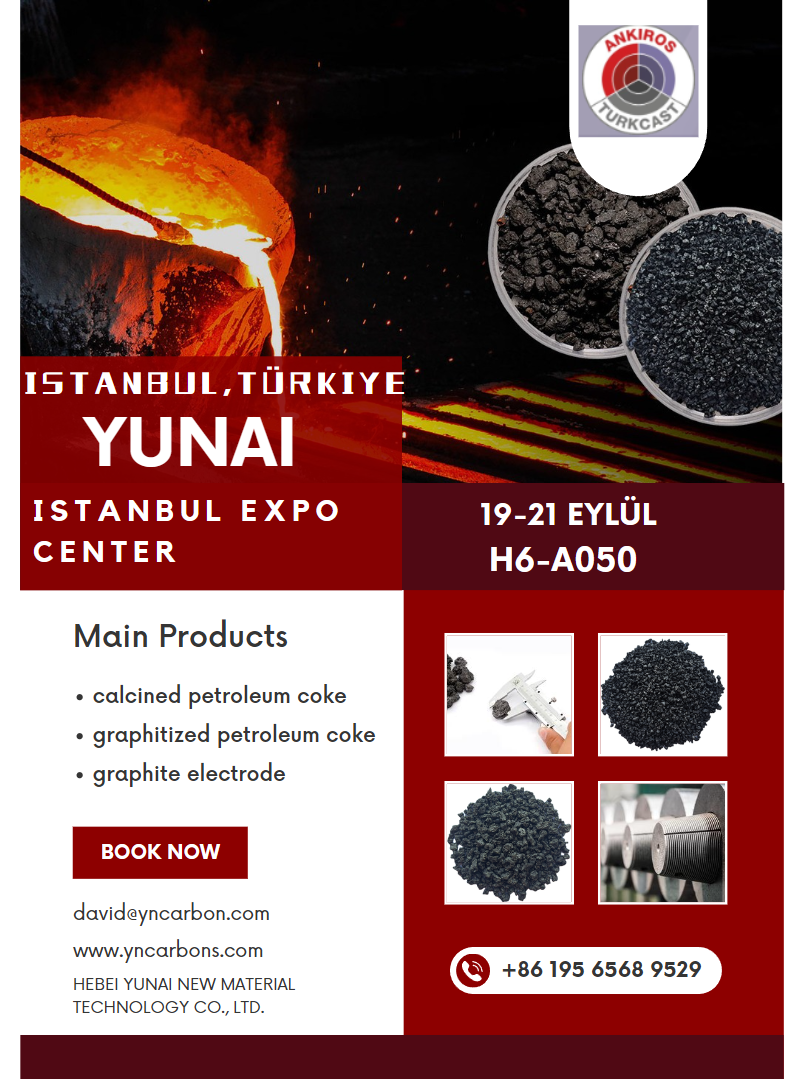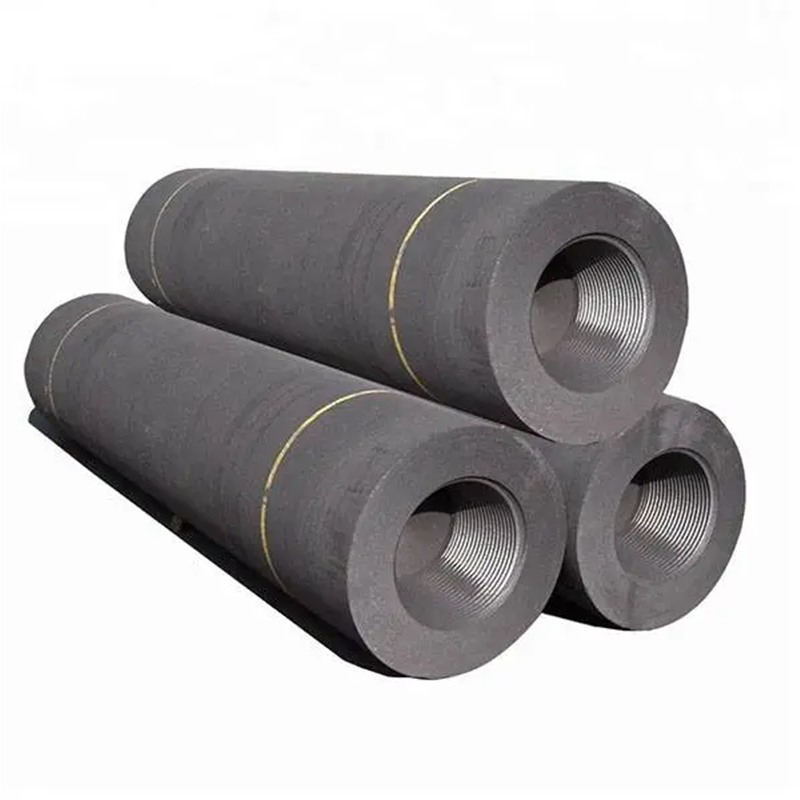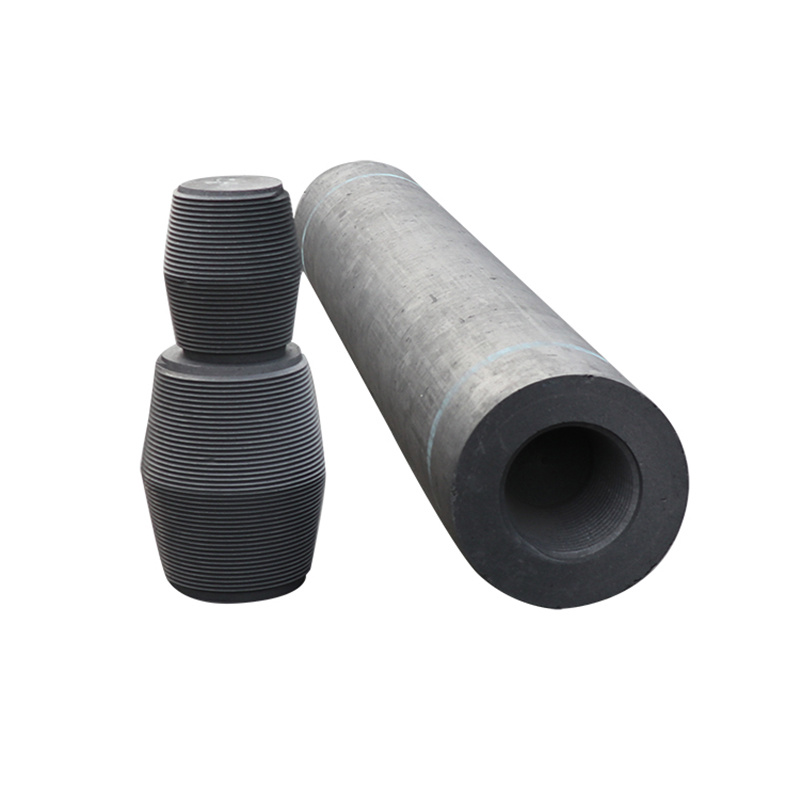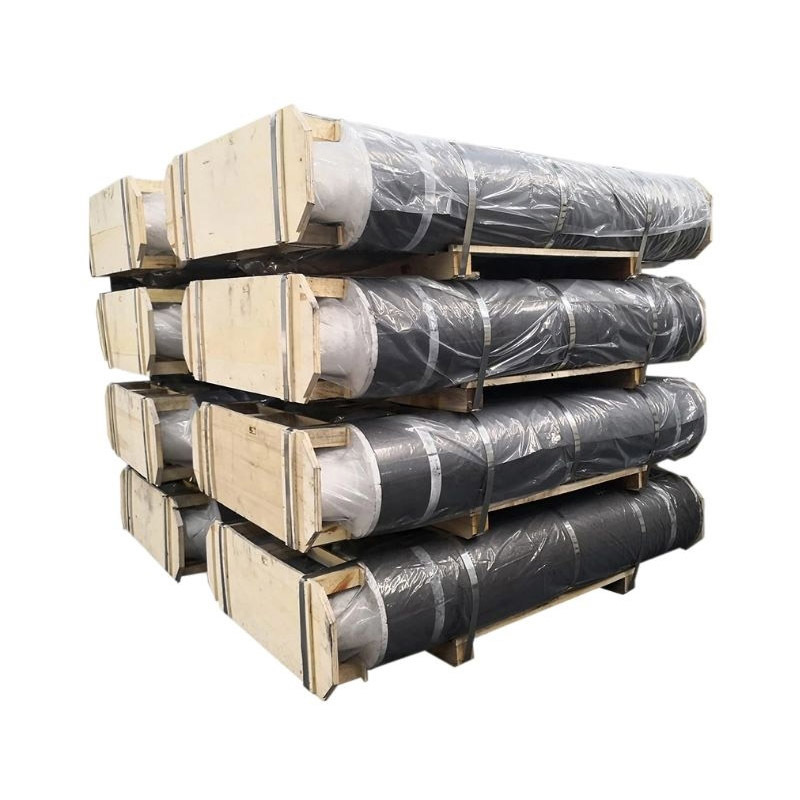Exploring the Manufacturing Process of Ultra High Power Graphite Electrodes: Techniques, Applications, and Future Trends
Release Time:
May 23,2025
Exploring the Manufacturing Process of Ultra High Power Graphite Electrodes Ultra high power graphite electrodes (UHPGE) play a pivotal role in various industrial applications, particularly in electric arc furnaces for steel production. This article aims to provide a detailed understanding of the manufacturing process, properties, and applications of UHPGE, while also exploring future trends in th

Exploring the Manufacturing Process of Ultra High Power Graphite Electrodes
Ultra high power graphite electrodes (UHPGE) play a pivotal role in various industrial applications, particularly in electric arc furnaces for steel production. This article aims to provide a detailed understanding of the manufacturing process, properties, and applications of UHPGE, while also exploring future trends in the industry.
Table of Contents
- 1. Introduction to Ultra High Power Graphite Electrodes
- 2. Importance of UHP Graphite Electrodes in Industry
- 3. Raw Materials Used in UHP Graphite Electrode Manufacturing
- 4. The Manufacturing Process of UHP Graphite Electrodes
- 4.1. Calcination of Petroleum Coke
- 4.2. Graphitization Process
- 4.3. Molding and Shaping
- 4.4. Baking and Impregnation
- 4.5. Final Processing and Quality Control
- 5. Key Properties of Ultra High Power Graphite Electrodes
- 6. Applications of UHP Graphite Electrodes
- 7. Future Trends in UHP Graphite Electrode Manufacturing
- 8. Frequently Asked Questions
- 9. Conclusion
1. Introduction to Ultra High Power Graphite Electrodes
Ultra high power graphite electrodes are designed to withstand extreme conditions during electric arc furnace operations. With the ability to conduct electricity efficiently and withstand high temperatures, these electrodes are essential for melting ferrous and non-ferrous metals. Understanding the manufacturing process behind UHP graphite electrodes is crucial for anyone involved in metallurgy, energy production, or related fields.
2. Importance of UHP Graphite Electrodes in Industry
The demand for UHP graphite electrodes has surged due to the growth of electric arc furnace steel production. These electrodes not only offer excellent conductivity and thermal resistance but also possess the tensile strength required for heavy-duty applications. The importance of UHP graphite electrodes extends beyond steel production to other industries, including aluminum smelting, silicon production, and more.
3. Raw Materials Used in UHP Graphite Electrode Manufacturing
The primary raw materials for manufacturing UHP graphite electrodes include petroleum coke, needle coke, and pitch. Each of these materials contributes specific properties to the electrodes, affecting their performance and efficiency in various applications.
3.1 Petroleum Coke
Petroleum coke is the primary raw material, derived from the oil refining process. Its high carbon content and low impurities make it an ideal choice for graphite electrode production.
3.2 Needle Coke
Needle coke is a higher-quality carbon material characterized by its needle-like structure, which enhances the mechanical properties and electrical conductivity of the finished electrodes.
3.3 Pitch
Pitch serves as a binder in the manufacturing process, providing cohesion between the various carbon materials. It also contributes to the overall conductivity and strength of the electrodes.
4. The Manufacturing Process of UHP Graphite Electrodes
The manufacturing process of ultra high power graphite electrodes is complex and involves several critical steps, each designed to refine the raw materials into high-performance electrodes.
4.1. Calcination of Petroleum Coke
Calcination involves heating petroleum coke to high temperatures (around 1200°C) in an oxygen-free environment. This process drives off volatile compounds and impurities, resulting in a more stable carbon structure essential for electrode performance.
4.2. Graphitization Process
After calcination, the material undergoes graphitization. This step involves heating the calcined petroleum coke to even higher temperatures (approximately 3000°C) in a controlled environment, transforming the carbon structure into a crystalline form. This process significantly enhances the electrical conductivity and thermal stability of the electrodes.
4.3. Molding and Shaping
The graphitized material is then mixed with pitch and molded into the desired shape of the electrode. This shaping process can involve extrusion or vibration molding techniques to ensure uniform density and structure.
4.4. Baking and Impregnation
Subsequent to molding, the electrodes are baked in an oven at high temperatures. This step hardens the structure and removes any remaining volatile substances. After baking, the electrodes are often impregnated with a pitch to fill any voids, enhancing their density and strength.
4.5. Final Processing and Quality Control
The final processing stage includes machining the electrodes to precise specifications. Quality control measures are implemented to ensure that the electrodes meet industry standards for electrical and mechanical properties. Testing for resistivity, tensile strength, and thermal expansion is crucial during this phase.
5. Key Properties of Ultra High Power Graphite Electrodes
The properties of UHP graphite electrodes are what make them uniquely suited for high-performance applications. Key properties include:
5.1 Electrical Conductivity
UHP graphite electrodes exhibit high electrical conductivity, essential for efficient energy transfer in electric arc furnaces.
5.2 Thermal Stability
They can withstand extreme temperatures without degrading, making them ideal for metal melting processes.
5.3 Mechanical Strength
High tensile strength ensures that the electrodes can handle the physical stresses during operation.
5.4 Low Thermal Expansion
Low thermal expansion rates reduce the risk of cracking and improve the longevity of the electrodes under intense heat.
6. Applications of UHP Graphite Electrodes
Ultra high power graphite electrodes are utilized across various sectors, primarily due to their superior properties. Key applications include:
6.1 Steel Production
Electric arc furnaces use UHP graphite electrodes to melt scrap metal and produce steel, accounting for a significant portion of global steel production.
6.2 Aluminum Smelting
In aluminum production, these electrodes facilitate the electrolysis process, enabling efficient extraction of aluminum from its ore.
6.3 Silicon Production
UHP graphite electrodes are crucial in the production of silicon for semiconductors, where high purity and electrical properties are vital.
6.4 Specialty Applications
Other applications include the production of carbon fibers, battery technologies, and various chemical reactions where high temperatures are involved.
7. Future Trends in UHP Graphite Electrode Manufacturing
As industries evolve, so does the manufacturing process of UHP graphite electrodes. Future trends include:
7.1 Sustainable Production Techniques
With a growing emphasis on sustainability, manufacturers are exploring eco-friendly raw materials and processes that minimize waste and energy consumption.
7.2 Advanced Materials
The integration of nanotechnology and new composite materials could further enhance the performance of graphite electrodes in the future.
7.3 Automation and Smart Manufacturing
Automation in production processes can increase efficiency, improve quality control, and reduce operational costs.
8. Frequently Asked Questions
8.1 What is the difference between high power and ultra high power graphite electrodes?
Ultra high power graphite electrodes have a higher density and conductivity than high power electrodes, making them suitable for more demanding applications.
8.2 How are UHP graphite electrodes recycled?
UHP graphite electrodes can be recycled through various processes, such as re-melting and re-processing to create new electrodes or carbon products.
8.3 What industries rely on UHP graphite electrodes?
Key industries include steel production, aluminum smelting, semiconductor manufacturing, and various chemical processes.
8.4 Are there alternatives to graphite electrodes?
While graphite electrodes are widely used, alternatives such as silicon carbide and other composite materials are being researched for potential applications.
8.5 What are the environmental impacts of UHP graphite electrode production?
The production of UHP graphite electrodes can lead to environmental concerns, including carbon emissions and waste. Sustainable practices are being developed to mitigate these impacts.
9. Conclusion
Ultra high power graphite electrodes are indispensable in modern industrial applications, particularly in the production of steel and aluminum. Understanding their manufacturing process, properties, and applications provides valuable insights into their significance. As industries continue to innovate, UHP graphite electrodes will likely evolve to meet new challenges, emphasizing sustainability and efficiency. This comprehensive guide serves not only as an introduction but also as a detailed resource for anyone looking to deepen their understanding of this critical component in metallurgy and energy sectors.
Keywords:
More information






